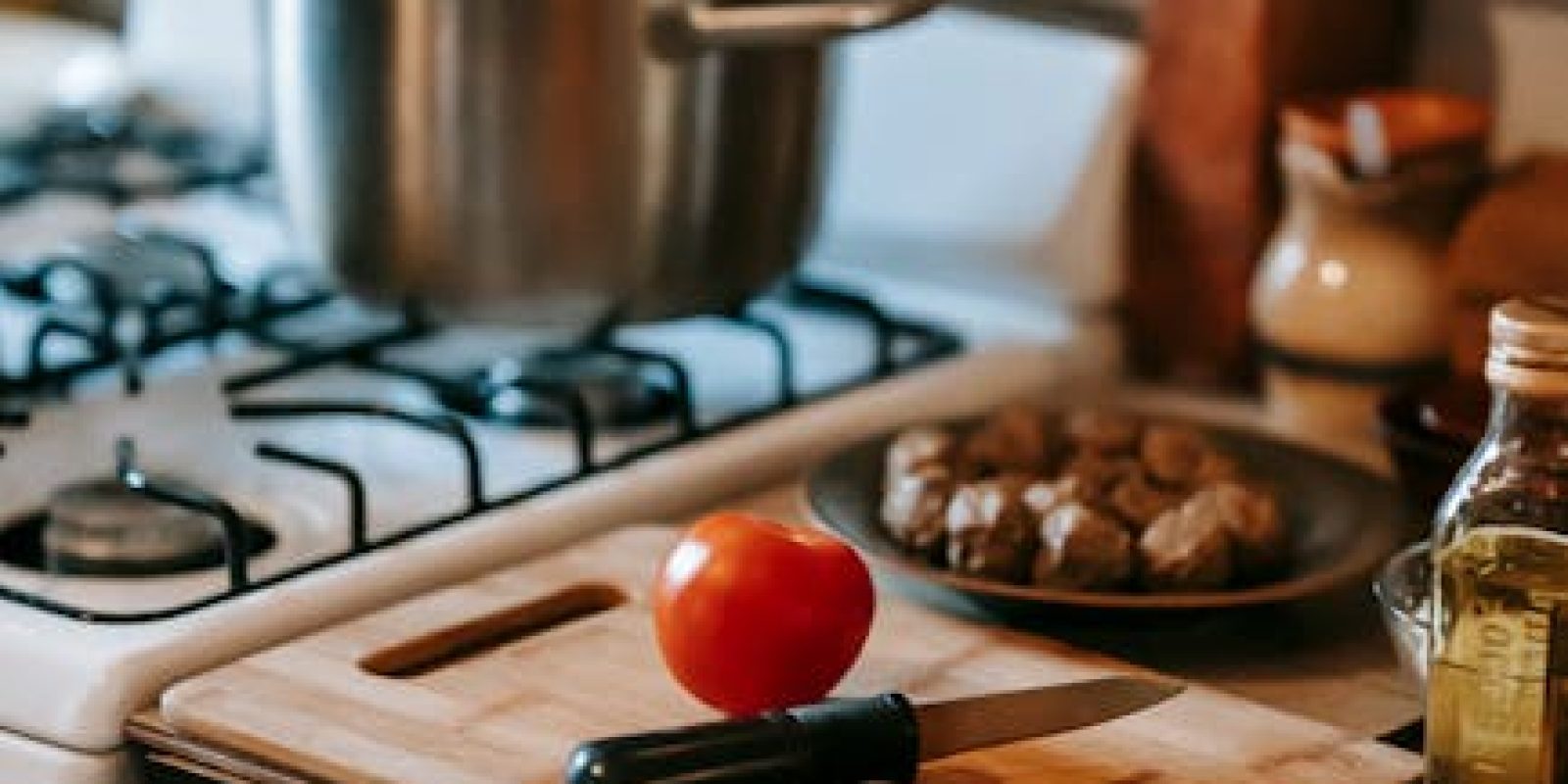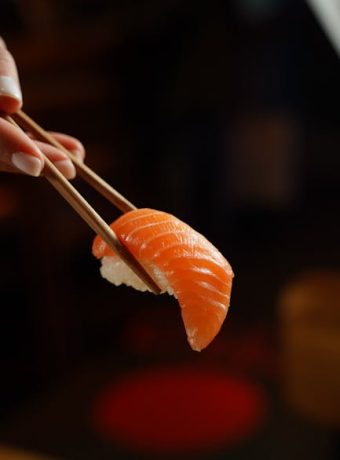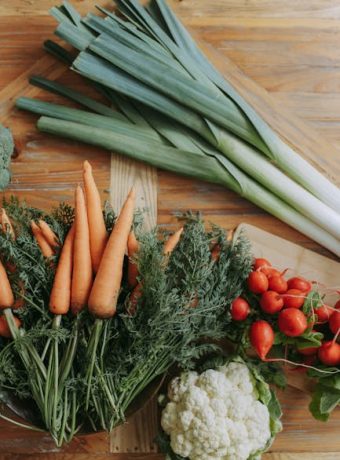Healthy Food in Korean Cuisine: Light Bibimbap Recipes
Korean cuisine is renowned for its vibrant flavors, colorful presentations, and healthy ingredients. Among its
culinary treasures, Bibimbap stands out as a quintessential dish that perfectly balances
nutrition and taste. In this blog post, we will explore the essence of Bibimbap, delve into its health benefits,
and offer you three delicious and light Bibimbap recipes that you can easily prepare at home. Whether you’re a
seasoned chef or a culinary novice, these recipes will inspire you to embrace the healthy side of Korean
cuisine.
What is Bibimbap?
Bibimbap, which translates to “mixed rice,” is a traditional Korean dish that combines rice, vegetables, and
protein, all mixed together with a spicy-sweet sauce called Gochujang. Its origins date back to
the late 19th century, but it has since evolved into a beloved dish worldwide. Bibimbap is not only visually
appealing but also a nutritional powerhouse, offering a balanced combination of carbohydrates, proteins, and
essential vitamins.
The Health Benefits of Bibimbap
One of the reasons why Bibimbap is considered a healthy dish is due to its emphasis on fresh, wholesome
ingredients. Here are some of the key health benefits:
Rich in Nutrients
Bibimbap typically includes a variety of colorful vegetables such as spinach, carrots, zucchini, and bean sprouts.
These vegetables are packed with essential vitamins and minerals, contributing to a well-rounded diet.
High in Fiber
The inclusion of vegetables and brown rice in Bibimbap provides a good source of dietary fiber, aiding in
digestion and promoting a feeling of fullness, which can be beneficial for weight management.
Low in Fat
By using lean proteins such as chicken, tofu, or seafood, Bibimbap can be a low-fat meal option, making it ideal
for those looking to maintain a healthy weight.
Antioxidant Properties
Many of the vegetables used in Bibimbap, such as carrots and spinach, are rich in antioxidants, which help combat
oxidative stress and reduce the risk of chronic diseases.
Light Bibimbap Recipes to Try at Home
Creating a lighter version of Bibimbap at home is easier than you might think. Here are three recipes that offer
a healthy twist on the classic dish:
Recipe 1: Vegetarian Bibimbap
This vegetarian Bibimbap is a delightful amalgamation of flavors and textures. It’s perfect for those who prefer
a plant-based diet.
Ingredients:
- 1 cup cooked brown rice
- 1 cup spinach, blanched
- 1/2 cup carrots, julienned
- 1/2 cup zucchini, sliced
- 1/2 cup bean sprouts, blanched
- 1/4 cup red bell pepper, sliced
- 1/4 cup Gochujang
- 2 teaspoons sesame oil
- 1 teaspoon sesame seeds
Instructions:
- Arrange the cooked rice in a bowl.
- Neatly arrange the vegetables on top of the rice.
- Drizzle with sesame oil and sprinkle sesame seeds.
- Serve with Gochujang on the side for mixing.
Recipe 2: Chicken Bibimbap
This version of Bibimbap incorporates lean chicken breast, offering a protein-rich meal that’s perfect for
post-workout recovery.
Ingredients:
- 1 cup cooked brown rice
- 200g chicken breast, thinly sliced
- 1/2 cup mushrooms, sliced
- 1/2 cup carrots, julienned
- 1/2 cup cucumber, sliced
- 1 egg
- 2 tablespoons soy sauce
- 1 tablespoon Gochujang
- 1 tablespoon sesame oil
- 1 teaspoon sesame seeds
Instructions:
- Marinate the chicken in soy sauce for 15 minutes.
- Cook the marinated chicken in a skillet over medium heat until fully cooked.
- In the same skillet, sauté mushrooms until golden brown.
- Fry an egg sunny-side up.
- Arrange rice in a bowl and top with chicken, vegetables, and the fried egg.
- Drizzle with sesame oil and sprinkle sesame seeds. Serve with Gochujang.
Recipe 3: Seafood Bibimbap
For seafood lovers, this Bibimbap variant is sure to please. It’s light, refreshing, and packed with nutrients
from the sea.
Ingredients:
- 1 cup cooked brown rice
- 150g shrimp, peeled and deveined
- 150g scallops
- 1/2 cup spinach, blanched
- 1/2 cup carrots, julienned
- 1/2 cup radish, sliced
- 1 tablespoon Gochujang
- 1 tablespoon soy sauce
- 1 tablespoon sesame oil
- 1 teaspoon sesame seeds
Instructions:
- Sauté shrimp and scallops in sesame oil until cooked through.
- Arrange rice in a bowl and top with seafood and vegetables.
- Drizzle with soy sauce and sprinkle sesame seeds.
- Serve with Gochujang on the side.
Tips for Crafting Perfect Bibimbap
Creating an authentic Bibimbap experience at home is all about balance and harmony. Here are some tips to help
you perfect your Bibimbap:
- Use Fresh Ingredients: Fresh vegetables not only enhance the visual appeal but also add to
the nutritional value. - Balance the Flavors: Ensure a balance of savory, sweet, and spicy flavors for a
well-rounded taste. - Incorporate a Variety of Textures: Combining crunchy and soft ingredients will enhance the
eating experience. - Customize Your Gochujang: Adjust the spiciness of the Gochujang sauce to suit your
preference.
Conclusion
Bibimbap is not just a meal; it’s an experience that brings together the best of Korean culinary tradition. By
incorporating fresh and healthy ingredients, you can enjoy a nutritious and delicious meal that supports your
health goals. Whether you choose a vegetarian, chicken, or seafood version, these light Bibimbap recipes are
sure to satisfy your taste buds while keeping your health in check. Try these recipes today and bring the vibrant
flavors of Korea into your kitchen!



